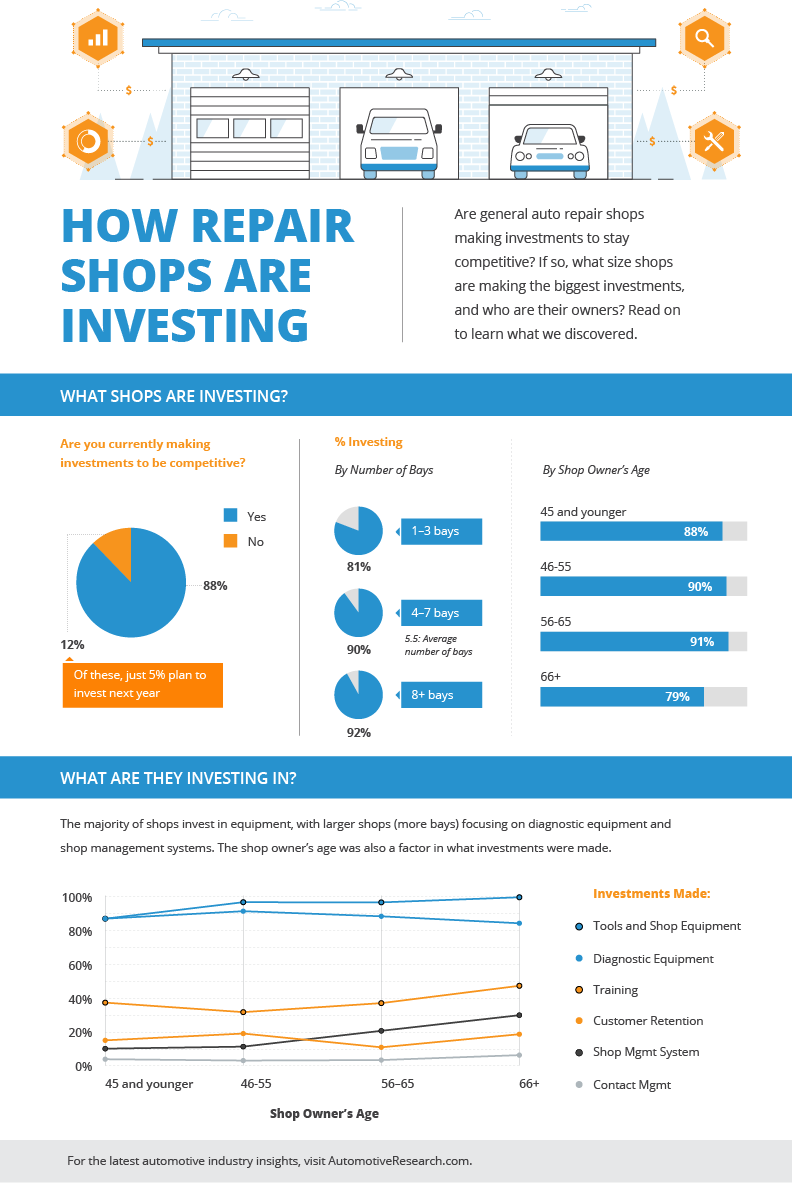Interested In Comprehending The Caution Lights On Your Automobile'S Control Panel? Discover Their Relevance For Your Vehicle'S Safety And General Condition
Interested In Comprehending The Caution Lights On Your Automobile'S Control Panel? Discover Their Relevance For Your Vehicle'S Safety And General Condition
Blog Article
Composed By-Vinson Gilbert
When you're behind the wheel, those glowing warning lights on your control panel can be a bit difficult. Do you know what they're trying to tell you regarding your car's health? Recognizing the relevance of these lights is crucial for your security and the long life of your automobile. So, the following time among those lights appears, would not you want to understand its message precisely and take the necessary steps to resolve it?
Common Caution Lighting and Interpretations
Determine typical warning lights in your auto and recognize their significances to guarantee secure driving.
One of the most regular caution lights consist of the check engine light, which signals issues with the engine or exhausts system. If this light comes on, it's crucial to have your vehicle inspected immediately.
The oil pressure alerting light shows low oil stress, calling for prompt interest to stop engine damages.
A flashing battery light might suggest a defective billing system, potentially leaving you stranded if not addressed.
The tire stress tracking system (TPMS) light signals you to low tire stress, impacting lorry stability and gas performance. Ignoring this could result in unsafe driving problems.
The ABS light indicates a trouble with the anti-lock braking system, jeopardizing your capacity to quit promptly in emergencies.
Lastly, the coolant temperature alerting light warns of engine overheating, which can lead to extreme damages otherwise solved swiftly.
Understanding these usual warning lights will aid you attend to issues immediately and preserve secure driving conditions.
Significance of Prompt Interest
Recognizing the usual caution lights in your car is just the first step; the relevance of without delay dealing with these warnings can not be stressed enough to guarantee your security on the road.
When https://brake-line-fittings84061.bloggip.com/30001605/sharpen-your-vehicle-describing-abilities-with-seasonal-ideas-to-maintain-your-vehicle-shining-and-secured-discover-just-how-to-take-on-each-season-s-distinct-difficulties illuminates on your control panel, it's your car's means of communicating a possible problem that requires interest. Ignoring these cautions can result in more extreme problems in the future, endangering your safety and security and possibly costing you a lot more in repairs.
just click the next site to alerting lights can stop malfunctions and crashes. As an example, a flashing check engine light could indicate a misfire that, if left ignored, might create damages to the catalytic converter. Addressing this without delay can conserve you from a costly fixing.
Likewise, https://whatisecutuning40617.csublogs.com/36303144/the-amazing-change-of-a-disregarded-lorry-discloses-the-extraordinary-power-of-professional-detailing-techniques-prepare-yourself-to-be-absolutely-astonished-by-the-final-results cautioning light might signal low brake fluid or worn brake pads, critical parts for your security when driving.
DIY Troubleshooting Tips
If you observe a caution light on your dashboard, there are a few do it yourself repairing suggestions you can try before seeking expert aid.
The initial step is to consult your cars and truck's manual to recognize what the particular warning light suggests. Sometimes the problem can be as easy as a loose gas cap causing the check engine light. Tightening the gas cap might settle the issue.
One more common problem is a low battery, which can activate numerous advising lights. Checking the battery connections for deterioration and ensuring they're protected might fix the trouble.
If a caution light lingers, you can try resetting it by separating the vehicle's battery for a few mins and then reconnecting it. In addition, inspecting your lorry's liquid levels, such as oil, coolant, and brake liquid, can assist troubleshoot cautioning lights connected to these systems.
Conclusion
In conclusion, recognizing your vehicle's warning lights is crucial for keeping your automobile running efficiently and safely. By without delay addressing these notifies and recognizing what they imply, you can stay clear of costly repair services and prospective malfunctions.
Remember to consult your automobile's handbook for specific details on each cautioning light and act as necessary to make sure a hassle-free driving experience.
Remain educated, remain secure on the road!
